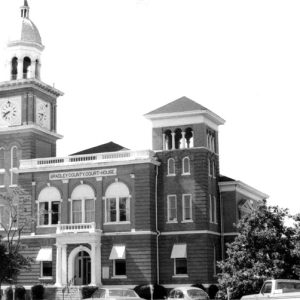 Bradley County Courthouse
Bradley County Courthouse
Entry Type: Place - Starting with B
 Bradley County Courthouse
Bradley County Courthouse
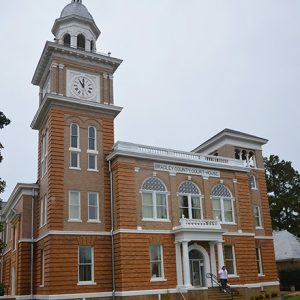 Bradley County Courthouse
Bradley County Courthouse
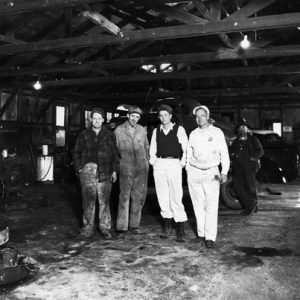 Bradley Motor Co.
Bradley Motor Co.
 Branch Street Scene
Branch Street Scene
Branch (Franklin County)
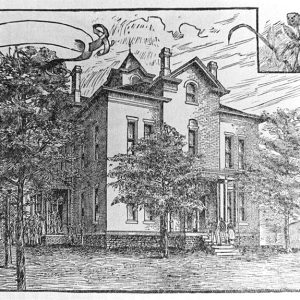 Branch Normal College
Branch Normal College
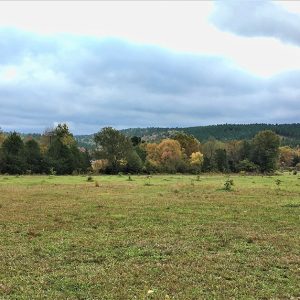 Brawley Environs
Brawley Environs
Brawley (Scott County)
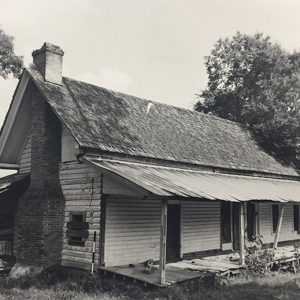 Brazeale Homestead
Brazeale Homestead
 Brazeale Homestead
Brazeale Homestead
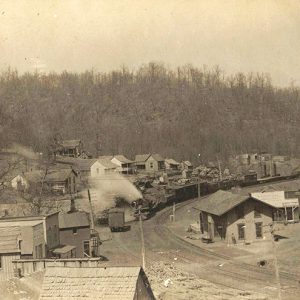 Brentwood Street Scene
Brentwood Street Scene
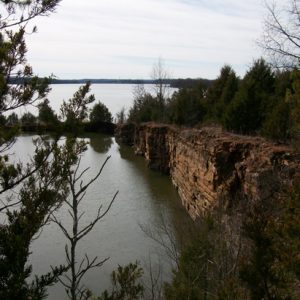 Brewer Lake
Brewer Lake
Briarcliff (Baxter County)
 Brick Company
Brick Company
Brickeys (Lee County)
 The Bright Spot Interior
The Bright Spot Interior
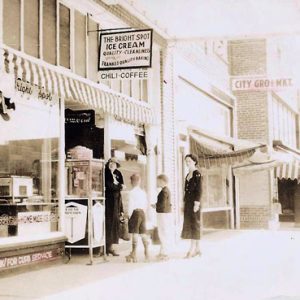 The Bright Spot
The Bright Spot
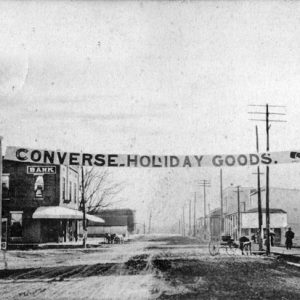 Brinkley Street Scene
Brinkley Street Scene
Brinkley (Monroe County)
 Brinkley Hospital
Brinkley Hospital
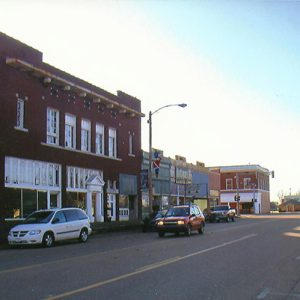 Brinkley Street Scene
Brinkley Street Scene
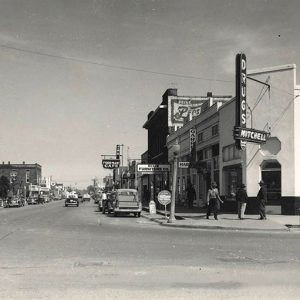 Brinkley Street Scene
Brinkley Street Scene
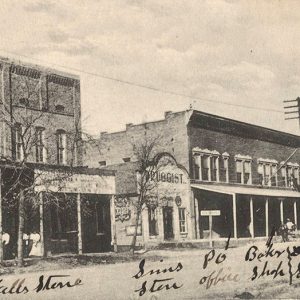 Brinkley Street Scene
Brinkley Street Scene
 Brinkley Street Scene
Brinkley Street Scene
Britt (Clark County)
 Brockwell Gospel Music School
Brockwell Gospel Music School
Brockwell Gospel Music School
Brookland (Craighead County)
Brown Springs (Hot Spring County)
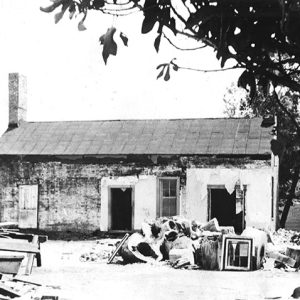 Brownlee House
Brownlee House
 Brownlee House Renovation
Brownlee House Renovation
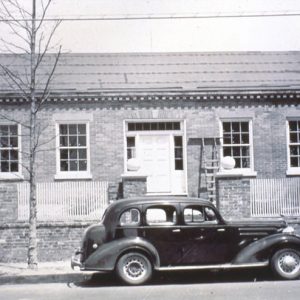 Brownlee House; 1940s
Brownlee House; 1940s
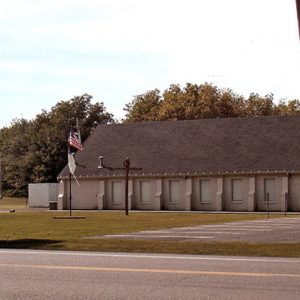 Brownsville Baptist Church
Brownsville Baptist Church
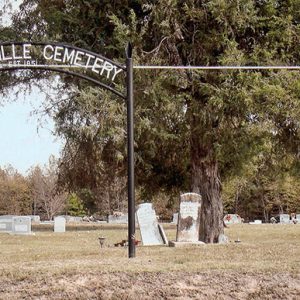 Brownsville Cemetery
Brownsville Cemetery
Brownsville (Lonoke County)
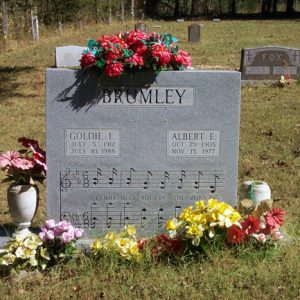 Brumley Gravesite
Brumley Gravesite
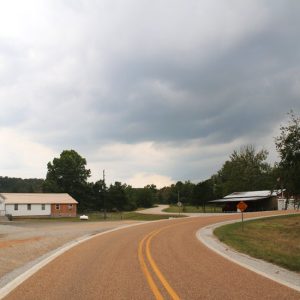 Bruno
Bruno
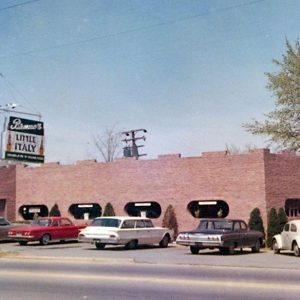 Bruno's Little Italy, 1960s
Bruno's Little Italy, 1960s
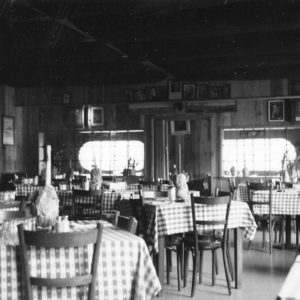 Bruno's Dining Room, 1960s
Bruno's Dining Room, 1960s
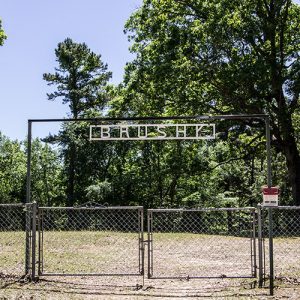 Brushy Cemetery
Brushy Cemetery
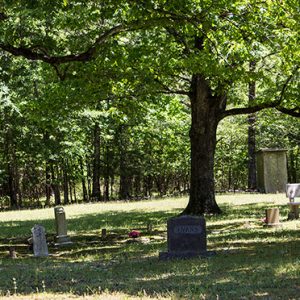 Brushy Cemetery
Brushy Cemetery
 Bryan Railroad
Bryan Railroad
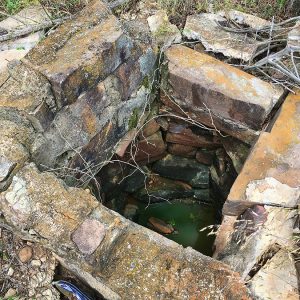 Bryan Well
Bryan Well
Bryan (Scott County)
Bryant (Saline County)
 "Bear" Bryant Exhibit
"Bear" Bryant Exhibit
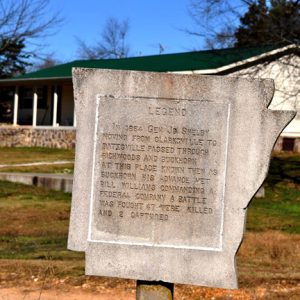 Buck Horn Marker
Buck Horn Marker
Buckner (Lafayette County)
 Buckstaff Bathhouse Facilities
Buckstaff Bathhouse Facilities




